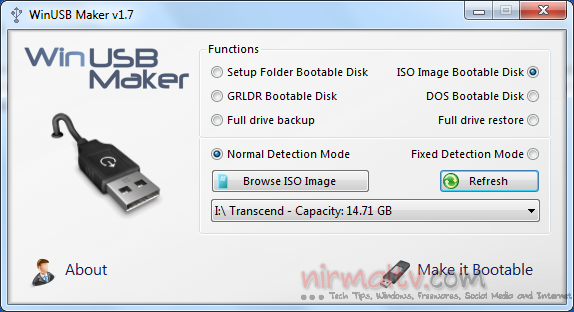


Risky to format local hard drive for wrong commands.The command above will burn it to your USB drive. Step 4: The dd burn function can be used to burn an ISO file to any disk or drive specified. To burn the ISO to the USB, use the command below followed by Enter:ĭd if=/path/to/image.iso of=/dev/driveidentifier (replace driveidentifier with the name you noted down.) Step 3: You will need to enter the admin password when prompted. Sudo umount /dev/driveidentifier (replace driveidentifier with the name you noted down in the previous step.) Now unmount the drive by typing in the following command and then Enter: Step 2: This will list out all your drives so you can find the correct identifier for your USB stick. Enter the following command and then hit Enter: diskutil list Step 1: Insert a USB flash drive into your Mac and open Terminal by going to Applications > Utilities > Terminal. Follow the steps outlined below to burn ISO to USB on Mac using Terminal commands: However, remember that since ISO is not native to Apple products, you could face some issues when employing this process.

It can be used for a lot of things, including issuing commands to create a bootable USB on Mac. Terminal is the default command line interface for macOS and the older Mac OS X operating systems. Once it's done, unmount the USB drive (right-click and select Eject) from the desktop.Part 1: How to Burn ISO to USB on Mac via Terminal Boot Camp Assistant will create the bootable Windows 10 USB.



 0 kommentar(er)
0 kommentar(er)
